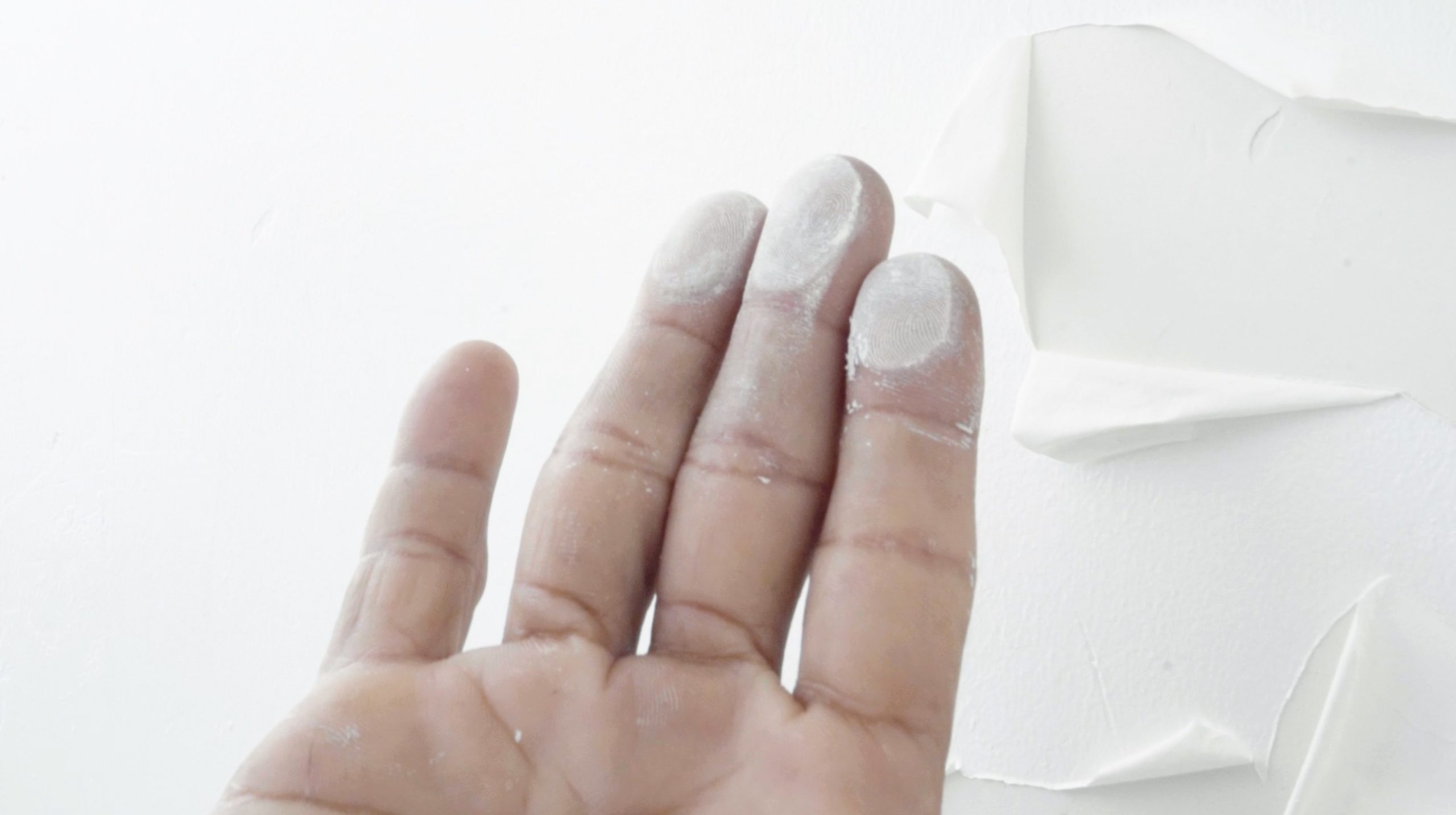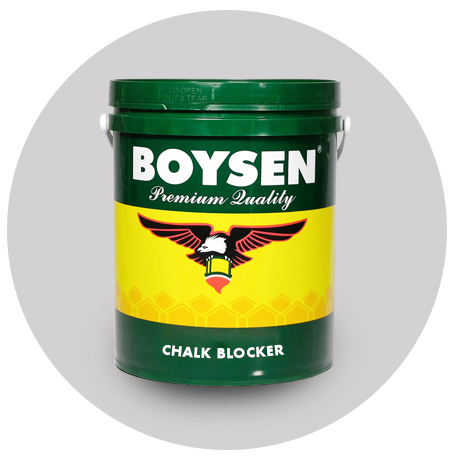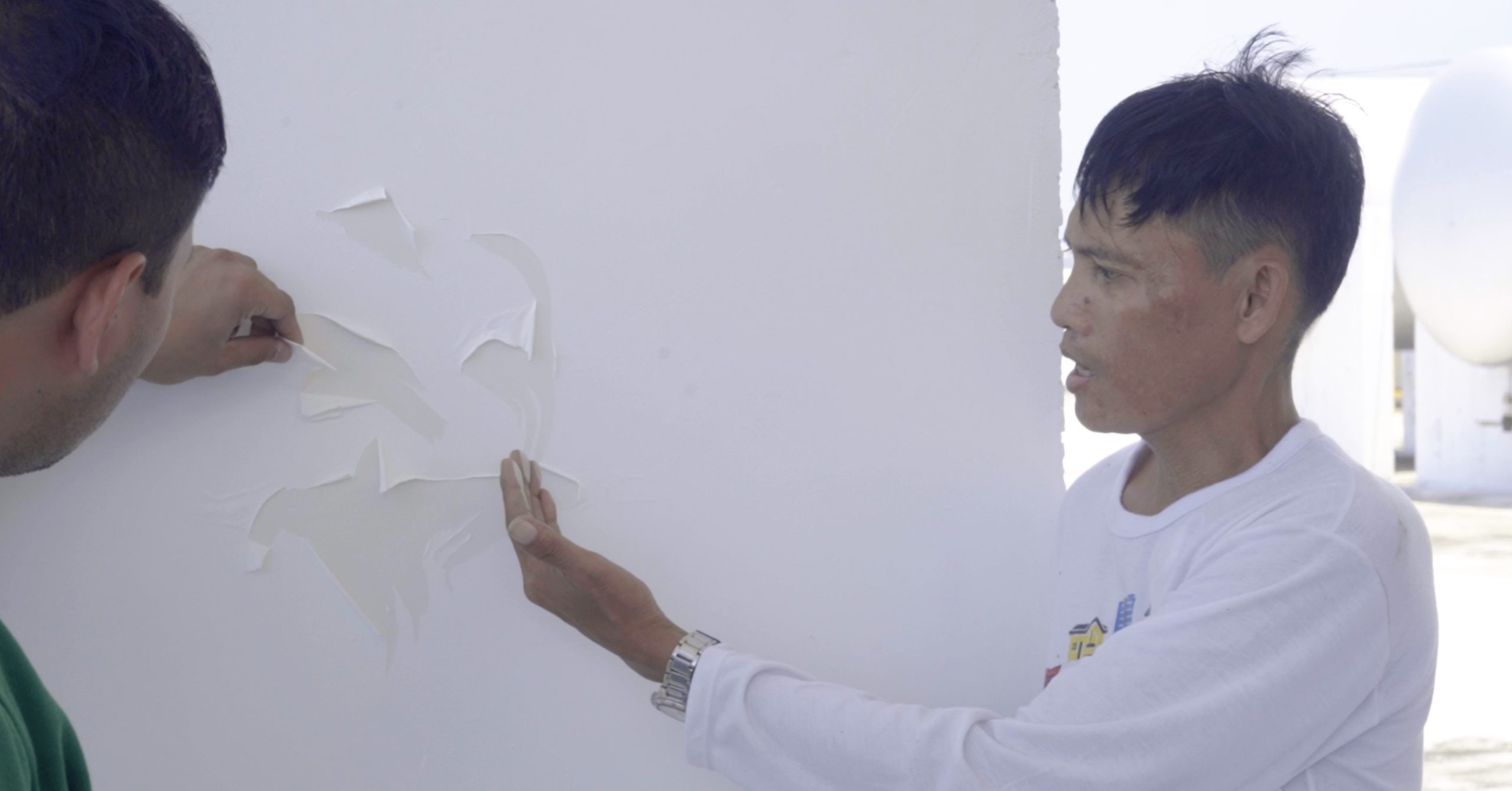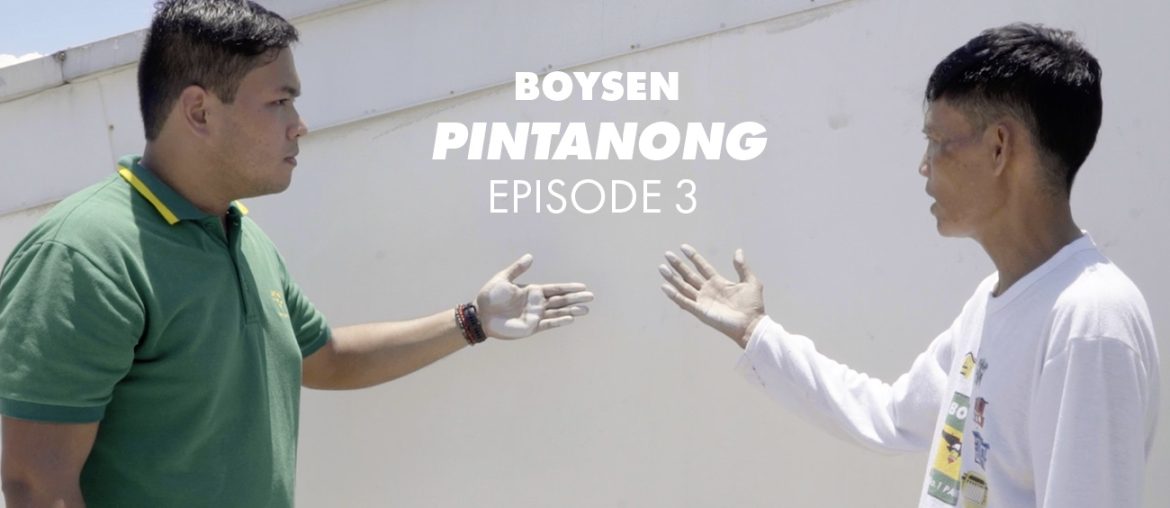Chalking is a paint problem. And, if you want to repaint walls that are chalking, you will need to treat the chalking first. Engineer Kim is here to tell you how to do just that in this episode of Boysen’s PinTanong Videoserye!
Concrete walls are low-touch surfaces. There’s usually little reason to touch them unless there’s a need to, like when cleaning and repainting. When you do though and notice a powdery residue that rubs off on your hand, that’s chalking.
You would not want to repaint over chalking paint as it will affect the adhesion of the new coat you apply. If your new paint does not properly adhere to the surface, you’re very likely to see problems very soon after repainting.

What is Chalking
Paint consists of essentially three things—pigment, binder, and solvent. Over time—due to exposure to ultraviolet rays (a.k.a. sunlight) and moisture—the binder which is responsible for holding everything together, breaks down. It is this deterioration of the binder that loosens the pigment in the paint which is now rubbing off on your hand as a loose, chalky powder.
Binders in paint do naturally break down over time. So, chalking in aging paint is expected. What can you do about it? Engineer Kim recommends Boysen Chalk Blocker. Boysen Chalk Blocker is used to prime previously painted concrete surfaces that are experiencing chalking. It binds chalk residue to the substrate so it doesn’t interfere with the adhesion of your new topcoat.

Dealing with Chalking When Repainting
Here’s a summary of how to repaint an aging painted wall that’s chalking. Watch the video above for more detailed advice and instructions.
Step 1
Sand the surface to remove excess chalking.
Step 2
Clean up the accumulated dirt and chalk after sanding.
Step 3
Apply Boysen Chalk Blocker. Drying time is 24 hours.
Step 4
Apply your topcoat.

However, if the surface underneath the paint is what’s chalking, Boysen Chalk Blocker is not recommended. As mentioned, Boysen Chalk Blocker is used for chalking on paint. Here’s what to do instead if you have peeling paint due to a chalking surface underneath:
Step 1
Scrape off the peeling paint with a painter’s spatula.
Step 2
Scrape to bare concrete all areas with chalking.
Step 3
Clean the surface until it’s free of dirt, dust, and chalk.
Step 4
Apply primer, putty, and topcoat.
What’s Next
Keep an eye out for the next PinTanong Videoserye episodes we’ll be releasing. Soon we’ll be going over other construction chemicals you may need for painting on concrete like skimcoat and render.
To get notified when PinTanong videos are released, you can follow us on Facebook or subscribe to our YouTube channel. Leave us comments as well if you have any questions on painting or want to suggest topics for us to discuss in the series.
Happy painting!
If you liked this blog post, subscribe to this blog and get a weekly Let It B newsletter. We’ll send you a short and sweet email every week about paint, colors, and home interiors.




